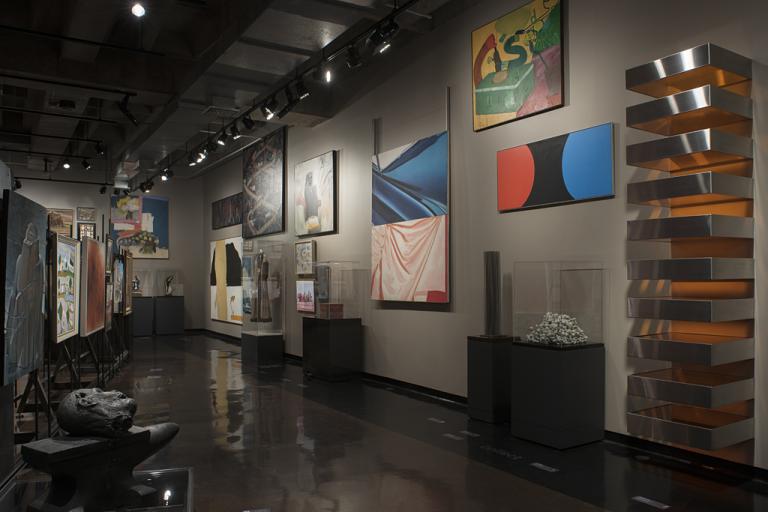Business Man No. 2, Peter Saul
Artwork Overview
Peter Saul, artist
born 1934
Business Man No. 2,
1962
Where object was made: United States
Material/technique: canvas; acrylic
Dimensions:
Canvas/Support (Height x Width x Depth): 119 x 134.5 cm
Canvas/Support (Height x Width x Depth): 46 7/8 x 52 15/16 in
Frame Dimensions (Height x Width x Depth): 47 1/2 x 53 1/2 in
Canvas/Support (Height x Width x Depth): 119 x 134.5 cm
Canvas/Support (Height x Width x Depth): 46 7/8 x 52 15/16 in
Frame Dimensions (Height x Width x Depth): 47 1/2 x 53 1/2 in
Credit line: Gift of Robert Lighton
Accession number: 1981.0139
Not on display
If you wish to reproduce this image, please submit an image request






